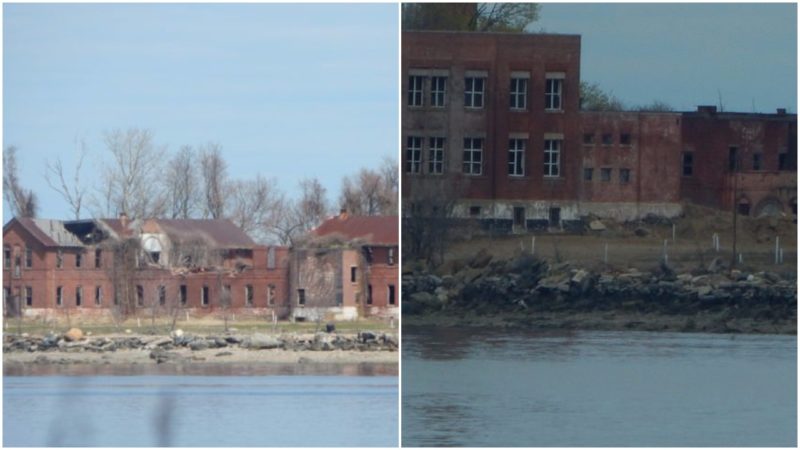Standing at the easternmost part of the borough of the Bronx, this 1.6 km-long island has a dark and disturbing history behind it.
The story begins with Thomas Pell (1612/13–1669), an English-born physician who bought the island from the Native Americans in 1654. The deal was signed under an oak tree known as Treaty Oak.
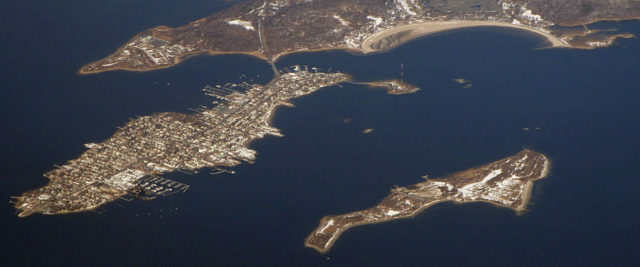
Years later, New York City purchased the island from Edward Hunter of the Bronx for a price of $75,000.
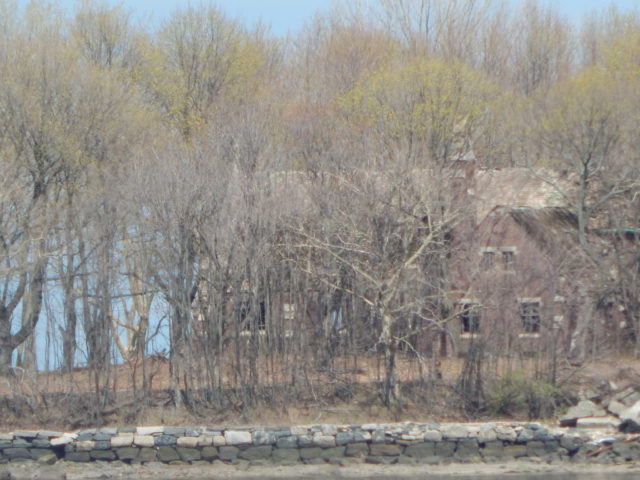
One story about the island tells that its name came from its heart-like shape. Cartographers named it “Heart Island” in 1775. An alternative story is that the island’s name is hart, another English word for a stag. But whatever its real name is, what is more interesting is its purpose.
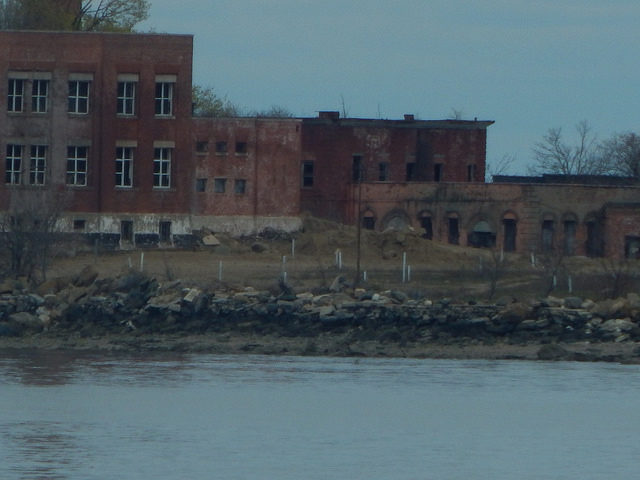
This island, now off-limits to the public, served as a psychiatric institution, a tuberculosis sanatorium, a mass grave, a boys’ reformatory, and a Union Civil War prison camp.
One thing that binds this different uses of the island is dead bodies. Even today, the island is used as a potter’s field and is run by the New York City Department of Correction.
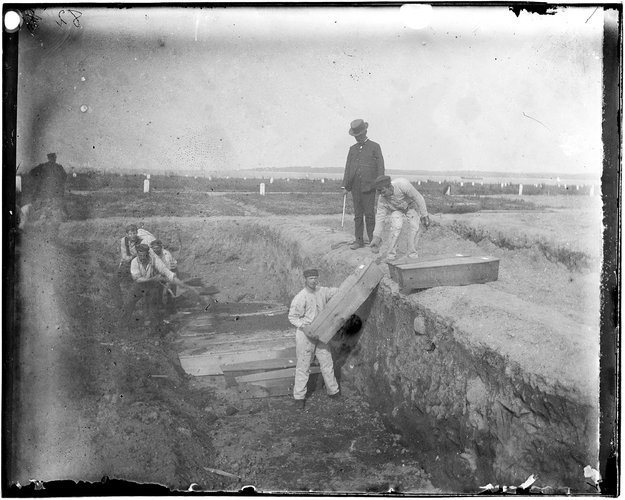
In 1865, 3,413 captured Confederate soldiers were brought to this island. Many of these soldiers died and were buried on the island.
According to the book A Historical Resumé of Potter’s Field, 1869–1967, the first person to be buried in the island’s potter’s field was Louisa Van Slyke, a 24-year-old orphan.
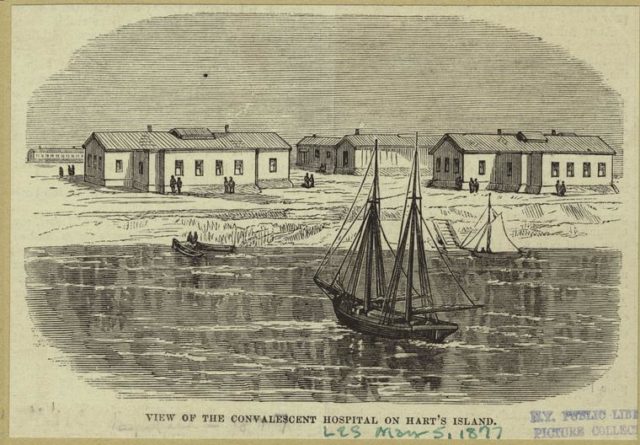
The burials of the unknown people (mostly adults) were in a single plot and the burials of those that could be identified (mostly children) were in mass graves. The adults were buried in a trench with three sections of 48 individuals, all for the purpose of making the interment easier. The island even featured a burial place for dismembered body parts.
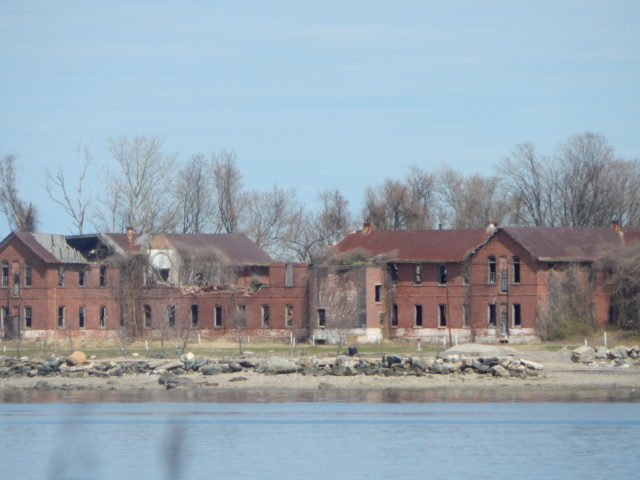
The children, mostly infants, were buried in a trench of 1,000. On the southern end of the island, the Phoenix House (a non-profit drug and alcohol rehabilitation organization) served as accommodation for the living inhabitants until it was moved in 1976.
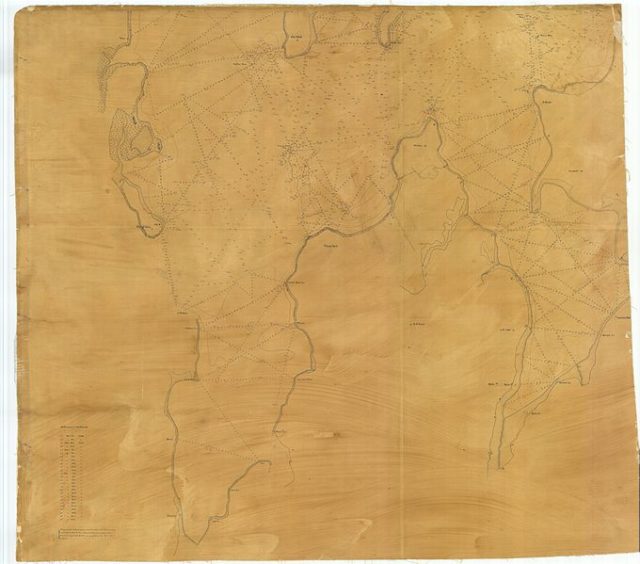
According to public records, over a million people were buried on the island, many of whom were infants and stillborn babies. In the 19th century, part of the island was used as a boys’ workhouse. Abandoned and vandalized wooden structures from this period still remain.
In the early 20th century, the island housed more than 2,000 delinquent boys and old male prisoners from Blackwell’s Penitentiary.
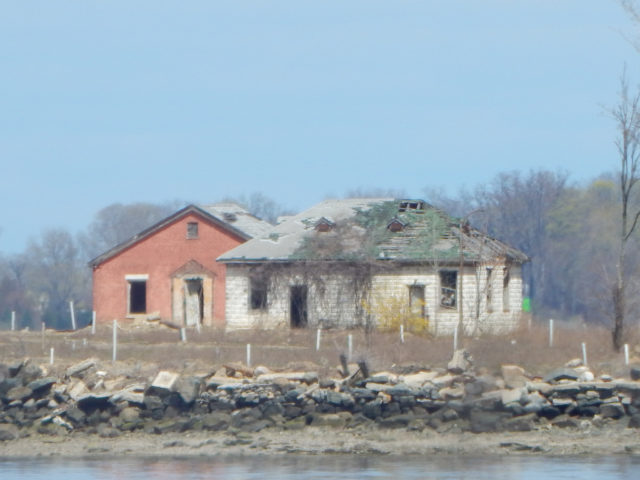
Today these structures are being leveled to the ground to make more room for graveyards. According to wikipedia.org, “Hart Island and the pier on Fordham Street on City Island are restricted areas under the jurisdiction of the New York City Department of Correction”.
Only family members may visit the final resting place of their loved ones weekend per month.
https://youtu.be/6_LgAMluyUc
